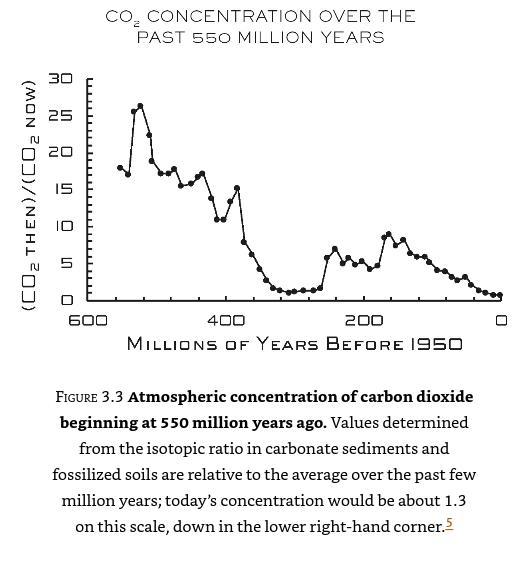How Well Has Hansen's 1988 Climate Model Performed?
.png)
We hear a lot that climate models predict too much warming of global mean surface temperature (GMST), but just about every graph intended to back this up contains flaws or misrepresentations, either by sloppy comparisons of models vs observations or using a subset of models that are heavily influenced by those with high sensitivities. I think it's valuable to show how well models form, since the sensitivities of those that perform the best are likely to be good indicators of the sensitivity of the real climate system. So I thought I'd toss my hat in the ring by comparing Hansen's 1988 climate model with observations. This has been done before, most notably by Zeke Hausfather in 2019, but it's been 6 years since then, and I thought it might be good to update it. To do this, I downloaded Hansen's data for GHG forcings and temperatures for his Scenarios A, B and C (available here and here ), and I plotted these scenarios with the major GMST datasets against their 1958...




